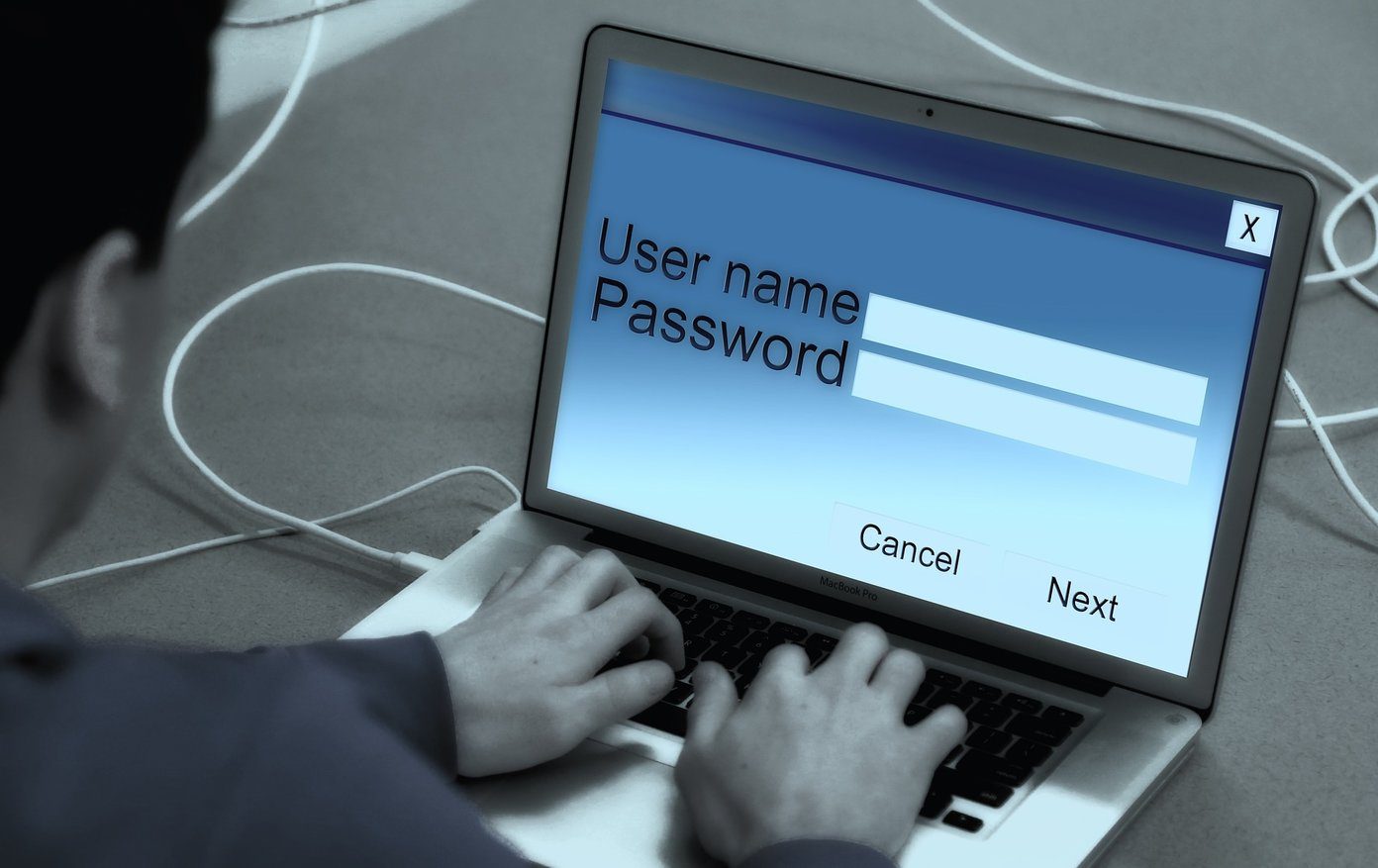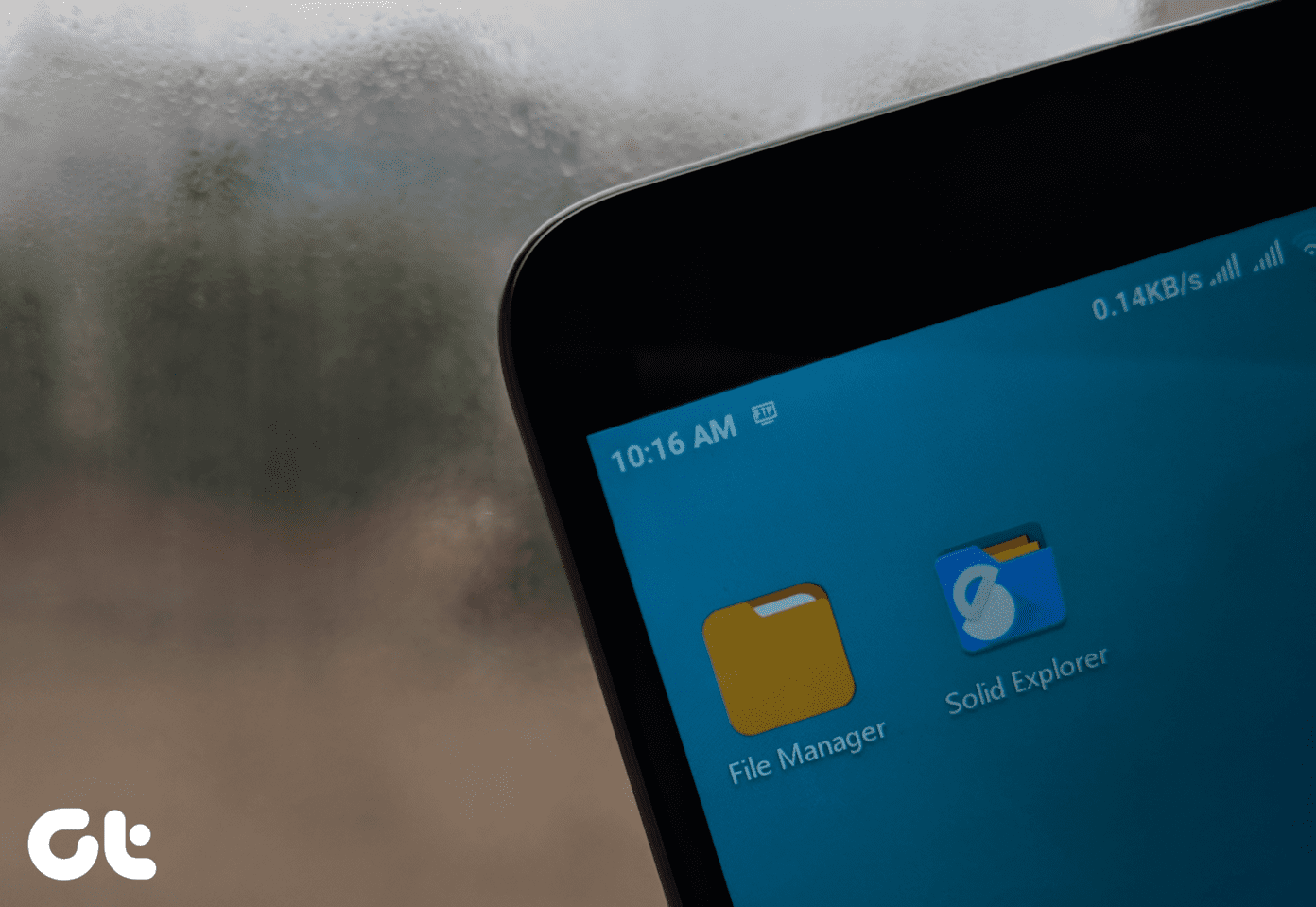Unlocking and logging in to your PC can be dreary, especially if you have so many login credentials to remember. Thanks to biometric technology, you can ditch your password for an easier and more secure way of logging in to your computer. That’s why you must Windows Hello on Windows 10 and eliminate the possibility of unauthorized access. One of the most convenient and great features that came with Microsoft’s free upgrade offer to Windows 10 is Windows Hello. With this tool, you can log in to your computer just by looking at it.
What Is Windows Hello
Windows Hello is Microsoft’s login method which uses biometrics to provide you an access. It utilizes technologies such as facial recognition, fingerprint, or iris scanning instead of a password. It works with specific Windows 10 apps only. So you can sign in to your account without a password. However, you’ll need a compatible computer and extra accessories like a fingerprint scanner or webcam for that. There are other sign in options besides Windows Hello Face/Fingerprint/PIN options in Windows 10. You can use passwords, security keys, PIN, and picture passwords, all of which are available to you on the sign in options page. Others are settings such as require sign in after being away from your computer, Dynamic Lock, and Privacy settings that hide your details on the sign in screen.
How to Set up Windows Hello in Windows 10
It’s easy to set up Windows Hello on your computer, and we’re going to show you how to do it. Step 1: Click Start and select Settings>Account. Step 2: Click Sign-in options to choose the Windows Hello method you’d like to set up. Depending on your device’s compatibility, you may or may not see the sign-in options. Step 3: Click Set up. Alternatively, you can check for the native Windows Hello by clicking Start, type Windows Hello, click on Sign-in options and launch Windows 10 settings app. If your computer runs an older version of Windows, look for the Set Up button under Windows Hello. Note: Step 4: You’ll receive a prompt about Windows Hello and what it does. Click Get Started and verify your identity using your current password. It could include a PIN you assigned during your device boot process or your Microsoft account password. Step 5: Enter your PIN and then position your face at the center of the frame and look into your webcam directly for Windows Hello to properly analyze your facial features. Note:
How to Set up Windows Hello Fingerprint
To set up the Windows Hello fingerprint reader, you can use a built-in one. If it isn’t available, plug in an external fingerprint reader into a USB port on your computer and let Windows 10 install its drivers. Step 1: Click Start>Settings>Accounts>Sign-in options. Go to Windows Hello and click Set Up under the Fingerprint section. Step 2: Verify your identity using a password or PIN. Step 3: You’ll see an explanation about how Windows Hello works, after which you can click Get Started. Step 4: Swipe your fingers on the fingerprint reader for Windows to receive your fingerprint data. Newer devices allow you to tap your fingers about six times on the sensor. However, if you have an older computer, swipe your fingers on the reader and you’re all set. Note:
How to Remove Windows Hello
Windows Hello isn’t all good news though, as it only works with select hardware. For facial recognition, it means getting a webcam with infrared capability. The feature also strains your computer’s processor when paired with iris or facial recognition. The camera is constantly scanning for the user, in turn hogging system resources, sends fans into overdrive, and drains the battery quickly. While these are significant flaws, they’re not always an annoyance; you can conquer them. It also has the added benefit of enabling instant gratification as you won’t want to go back to the slow, awkward and insecure password system. If you no longer need Windows Hello, you can remove it and any associated biometric identification data from your computer. Click Start>Settings>Accounts>Sign-in options to choose the method you’d like removed, and click Remove.
Why You Should Use Windows Hello
The obvious benefit of using Windows Hello is that you don’t have to feed a password to sign in. Also, you can sign in to a specific site like Microsoft Account page and storage services like Dropbox and OneDrive, or password managers like OneLocker. It’ll also help secure your computer, apps, and files. Even if your Windows Password is compromised, it is extremely difficult (requires a special effort) to find a workaround for your biometrics.
Don’t Struggle To Remember Passwords
Using facial recognition as a password isn’t a new thing. However, in the past, numerous attempts were made to use it, but the details never worked out owing to clunky hardware and/or unreliable software. Scanning technology continues to improve as the newer devices use a combination of the traditional camera with depth sensors and integrated infrared projectors, which can properly identify a false face from the real one. You no longer have to struggle to remember multiple character passwords every time you sign in to your PC. Next up: Concerned about someone sneaking into your iPhone or Android smartphone? We’ve compiled a list of the best 5 two-factor authentication apps for Android and iPhone. The above article may contain affiliate links which help support Guiding Tech. However, it does not affect our editorial integrity. The content remains unbiased and authentic.


















